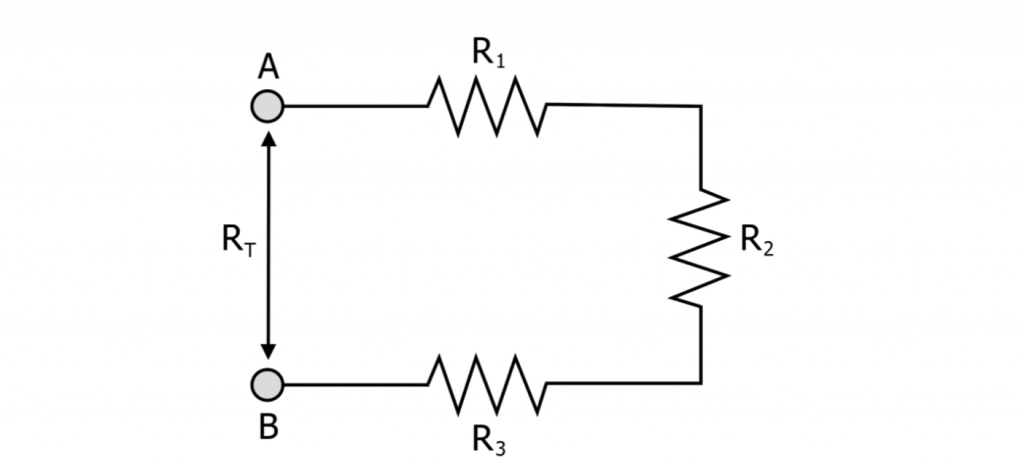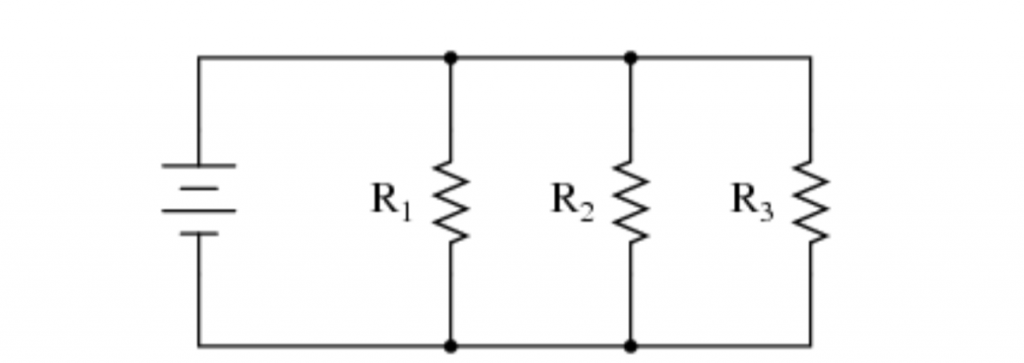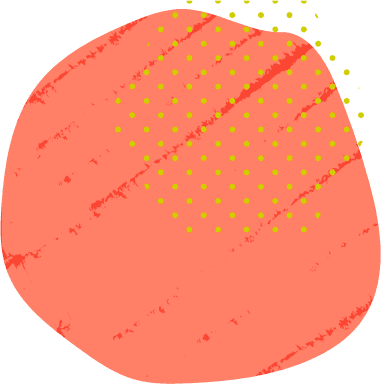Looking for some practice questions on Year 11 Physics Module 4: Electricity and Magnetism?
You’re in the right place!
We’ve selected and devised 20 Year 11 Physics Module 4: Electricity and Magnetism practice questions split evenly across the 3 Inquiry Questions throughout this module.
We’re going to explore what there is to know about electrostatics, electric circuits and magnetism throughout these questions.
So, what are you waiting for? Let’s dig into the Physics Module 4 practice questions!
Electrostatics
Electric Circuits
Magnetism
Electrostatics
Question 1
Explain a process of how objects become electrically charged, including how the number of electrons and protons differs. (2 marks)
(L1.1.1: conduct investigations to describe and analyse qualitatively and quantitatively processes by which objects become electrically charged)
Question 2
Describe the two variables that change the electrostatic forces between objects. (4 marks)
(L1.1.3: conduct investigations to describe and analyse qualitatively and quantitatively variables that affect electrostatic forces between those objects)
Question 3
Sketch the interaction of two equally charged positive simple point charges. (3 marks)
(L1.2.1: using the electric field lines representation, model qualitatively the direction and strength of electric fields produced by pairs of charges)
Question 4
How is direction and strength portrayed in an electric field line representation? (Hint: Diagrams may be of assistance) (4 marks)
(L1.2: using the electric field lines representation, model qualitatively the direction and strength of electric fields)
Question 5
A proton is moving through two parallel charged plates with a potential difference of 20V that are separated by 10cm. Determine the electric force on this proton, including which direction the proton will move. (3 marks)
(L1.3.1&2: apply the electric field model to account for and quantitatively analyse interactions between charged objects)
Question 6
An electric force of 2N is resulted from two electrons interacting with one another. Determine the distance these electrons must be form one another. (3 marks)
(L1.3.3: apply the electric field model to account for and quantitatively analyse interactions between charged objects)
Question 7
Describe how potential energy and work relate to one another in an electric field, discussing equipotential lines and the amount of work needed to move along these lines. (3 marks)
(L1.4.1: analyse the effects of a moving charge in an electric field, in order to relate potential energy, work and equipotential lines)
Electric Circuits
Question 8
What is the quantity of charge in a metal with a current of 50A for 10 seconds? (2 marks)
(L2.1.1: investigate the flow of electric current in metals and apply models to represent current)
Question 9
An electric circuit has a total resistance of 5Ω and a current of 3A. What is the work done by an electron in this circuit? (2 marks)
(L2.2: investigate quantitatively the current–voltage relationships in ohmic and non-ohmic resistors to explore the usefulness and limitations of Ohm’s Law)
Question 10
The energy used by a light bulb is 50J for each minute of use. Determine the voltage of this light bulb if the circuit containing the light bulb has a current of 2.5A. (2 marks)
(L2.3: investigate quantitatively and analyse the rate of conversion of electrical energy in components of electric circuits, including the production of heat and light, by applying ? = ?? and ? = ?? and variations that involve Ohm’s Law)
Question 11
Explain, using a relevant law, the conservation of charge within an electric circuit. (3 marks)
(L2.4.1: Investigate qualitatively and quantitatively series and parallel circuits to relate the flow of current through the individual components, the potential differences across those components and the rate of energy conversion by the components to the laws of conservation of charge and energy)
Question 12
Within the following circuit, resistors 1 to 3 have a voltage of 2V, 3V and 4V respectively, each with an identical current passing through them. If the total resistance of the circuit is 12Ω, find the identical current. (3 marks).
(L2.4.3: investigate qualitatively and quantitatively series and parallel circuits to relate the flow of current through the individual components, the potential differences across those components and the rate of energy conversion by the components to the laws of conservation of charge and energy, by deriving the following relationships)
Question 13
Within the following circuit;
- The Resistance of Resistor 1 is Twice Resistor 2
- The Resistance of Resistor 3 is a Third of Resistor 2.
- The Total Resistance of the Circuit is 5Ω.
Determine the resistance of Resistor 3 (5 marks)
(L2.5: investigate quantitatively the application of the law of conservation of energy to the heating effects of electric currents, including the application of ? = ?? and variations of this involving Ohm’s Law)
Question 14
Explain how heat is unwanted in an electric circuit and how this relates to the Conservation of Energy.
(L2.5: investigate quantitatively the application of the law of conservation of energy to the heating effects of electric currents, including the application of ? = ?? and variations of this involving Ohm’s Law)
Magnetism
Question 15
Question 15: Identify the possible charges on objects that have a;
- Attractive Magnetic Force
- Repulsive Magnetic Force (2 marks)
(L3.1: investigate and describe qualitatively the force produced between magnetised and magnetic materials in the context of ferromagnetic materials)
Question 16
Illustrate the magnetic flux lines around a bar magnet, showing the correct direction of flux. (3 marks)
(L3.2: use magnetic field lines to model qualitatively the direction and strength of magnetic fields produced by magnets, current-carrying wires and solenoids and relate these fields to their effect on magnetic materials that are placed within them)
Question 17
Identify 2 key features of magnetic flux lines when illustrated in diagrams. (2 marks)
(L3.2: use magnetic field lines to model qualitatively the direction and strength of magnetic fields produced by magnets, current-carrying wires and solenoids and relate these fields to their effect on magnetic materials that are placed within them)
Question 18
A solenoid with 200 turns per metre has a magnetic field of 20T. Determine the current flowing through the wire. (2 marks)
(L3.3: conduct investigations into and describe quantitatively the magnetic fields produced by wires and solenoids)
Question 19
Explain the process in which ferromagnetic materials become magnetised. (4 marks)
(L3.4: investigate and explain the process by which ferromagnetic materials become magnetised)
Question 20
Describe an experiment using iron filings to depict magnetic fields. (3 marks)
(L3.5: apply models to represent qualitatively and describe quantitatively the features of magnetic fields)
And that wraps up our HSC Physics Module 4: Electricity and Magnetism practice questions! Good luck!
Looking for some extra help with HSC Physics Module 4?
We pride ourselves on our inspirational HSC Physics coaches and mentors!
We offer tutoring and mentoring for Years K-12 in a variety of subjects, with personalised lessons conducted one-on-one in your home or at our state of the art campus in Hornsby!
To find out more and get started with an inspirational tutor and mentor get in touch today!
Give us a ring on 1300 267 888, email us at [email protected] or check us out on Facebook!
Sean Stephen graduated in 2018 with an ATAR of 97.1 and is currently studying a Bachelor of Actuarial Studies / Bachelor of Commerce (Accounting and Finance) at UNSW. Beginning at Art of Smart in 2019, Sean works across the Resource Design, Innovation and Blogging Teams to support thousands of students throughout their HSC. When away from studying, Sean enjoys everything pop culture from videogames to TV, music and movies.





